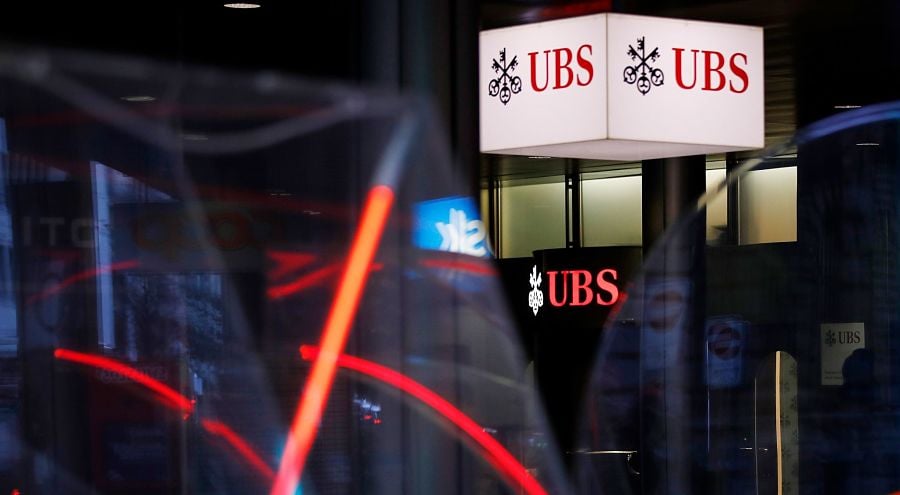

UBS Group reported stronger-than-expected client inflows in its wealth management business, boosted by the first signs of stabilization at Credit Suisse as it carries out an expensive and complex integration of its former rival.
The unit saw net new money of $22 billion in the third quarter, compared with an estimate of $14 billion. About $3 billion of that was at Credit Suisse’s wealth arm, its first positive client flows in a year and a half.
The Zurich-based bank posted a net loss of $785 million for the three months ended in September, its first quarterly loss in almost six years, as costs to absorb Credit Suisse came in at $2 billion. A further $1 billion of charges are expected to come in the fourth quarter.
UBS Chief Executive Sergio Ermotti is seeking to chart a path through the biggest merger in finance in decades, readying the combined bank for a strategic revamp due to be announced in February. The bank’s shares have gained by about 30% this year as investors back Ermotti’s plan to integrate Credit Suisse’s profitable businesses while winding down the rest.
The bank is in “full execution mode” around the integration, Ermotti said on a call with analysts.
UBS shares were up 3.6% at 11:10 a.m in Zurich.
Profit at the asset management unit came in lower than expected. UBS said ongoing uncertainty over the economic outlook, including central bank rate increases and geopolitical tensions, may affect wealth management clients’ willingness to conduct transactions in the fourth quarter.
UBS reported an increase in investment banking revenues of 36% compared to the same period last year, driven by fees from mergers and acquisitions and leveraged capital markets. In trading, UBS’s revenues for equities decreased 3% from the prior year, reflecting a difficult market that contributed to mixed results across Wall Street banks.
For its smaller fixed-income, rates and currency trading business, UBS’s revenues were down 37% from the prior year, faring much worse than U.S. trading houses.
UBS has signaled it will shutter roughly two-thirds of Credit Suisse’s investment bank as it absorbs its former rival, including almost all its trading operations as part of plans to exit businesses that don’t fit with its existing strategy.
UBS said it accelerated the wind-down of assets inherited from Credit Suisse that it doesn’t want to continue, reducing risk-weighted assets by $6.4 billion in the quarter.
The Swiss bank has said it will give an update on its share buyback program in February, around the same time as full-year results.
On costs, UBS said it had already met its goal for this year of reducing expenses by some $3 billion. Personnel costs jumped however, including some $500 million in retention payments to key Credit Suisse staff.
UBS is seeking to cut the combined workforce as a way to slash costs. Managed head count dropped by more than 4,000 in the third quarter and is down by about 13,000 against the total figure the two banks would have had as a combined entity at the end of last year, according to the report.
“UBS has made clear progress since the close of the deal, but it continues to face a huge task,” said Andreas Venditti, an analyst at Vontobel Holding in Zurich.

The looming threat of federal funding cuts to state and local governments has lawmakers weighing a levy that was phased out in 1981.

The fintech firms' new tools and integrations address pain points in overseeing investment lineups, account monitoring, and more.

Canadian stocks are on a roll in 2025 as the country prepares to name a new Prime Minister.

Carson is expanding one of its relationships in Florida while Lido Advisors adds an $870 million practice in Silicon Valley.

The approval of the pay proposal, which handsomely compensates its CEO and president, bolsters claims that big payouts are a must in the war to retain leadership.
RIAs face rising regulatory pressure in 2025. Forward-looking firms are responding with embedded technology, not more paperwork.
As inheritances are set to reshape client portfolios and next-gen heirs demand digital-first experiences, firms are retooling their wealth tech stacks and succession models in real time.
